The Challa Carnival and the Party of the ‘Roto Chileno’
(La Fiesta del Roto Chileno y el Carnaval de la Challa)
It is not too much what people get to know about Chile in the rest of the globe. There are many cultural expressions that are even unknown to the inhabitants of the country. Local festivals and celebrations which ‘ only those who know ‘ participate, is part of the Chilean culture.
Having lived over 20 years in the city of Santiago, and despite having lived in Las Condes for long time (Chileans know what that means ) I usually go to many places within the city, but never had the opportunity to attend this amazing Carnival before: The Party of the Chilean ‘Roto’, culminating with Carnival of the ‘Challa’.
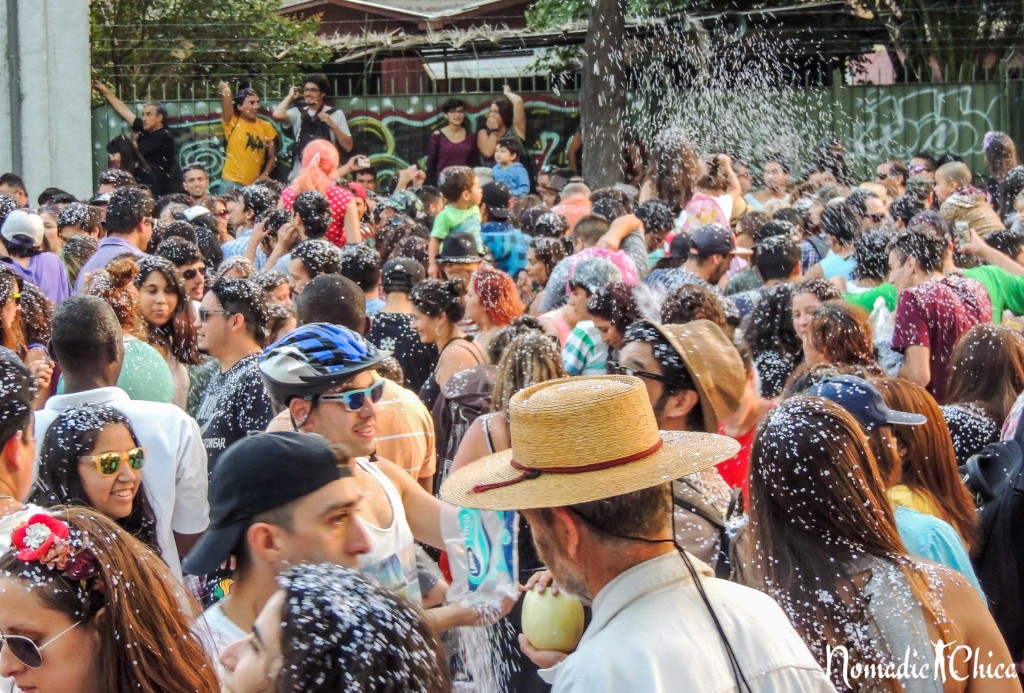 It is a traditional Festival held in the city of Santiago in Yungay, one of the traditional neighborhoods of the capital and one of the few that still retains the architecture of the years when the Republic started and keeps something that is gradually being lost in the rest city: the sense of community .
It is a traditional Festival held in the city of Santiago in Yungay, one of the traditional neighborhoods of the capital and one of the few that still retains the architecture of the years when the Republic started and keeps something that is gradually being lost in the rest city: the sense of community .
The Party of the Chilean ‘Roto’ has the first records in 1850. Inspired by the great carnivals of the South American highlands, this party was seeking a few days of relaxation, to forget the differences between social classes, eating, drinking and share with the community. Preparing bodies and souls for what was about to happen in the next months.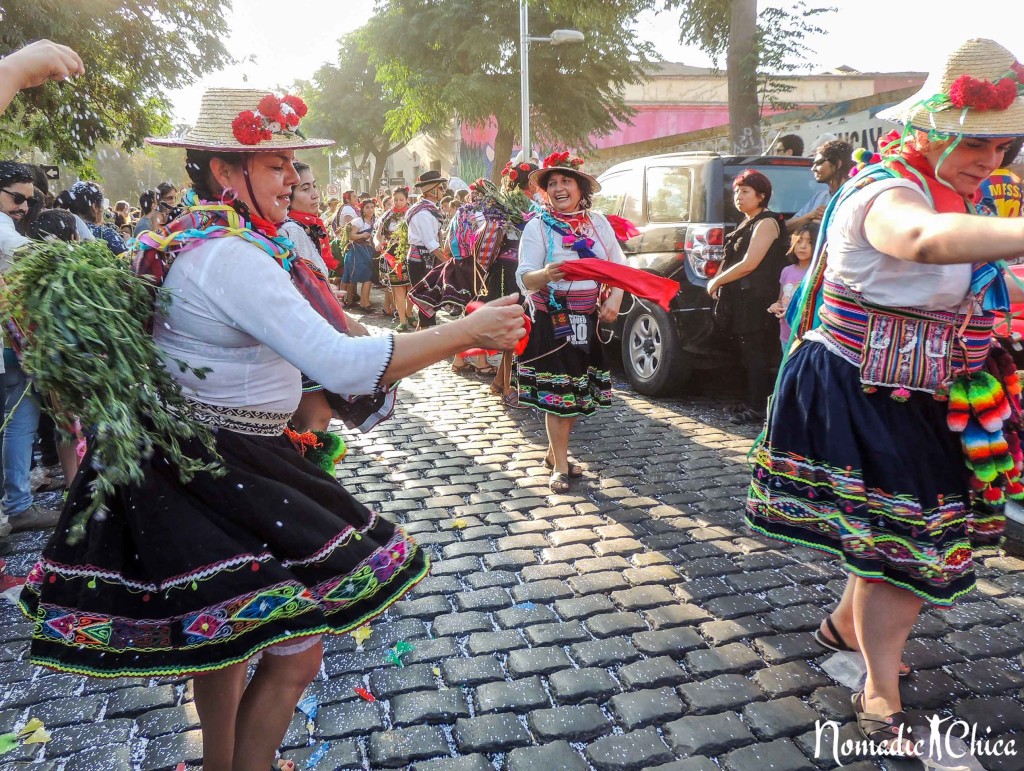 The word ‘Roto’ means ‘broken’ but, at least in Chile is used in a derogatory way referring to people of lower social stratum.
The word ‘Roto’ means ‘broken’ but, at least in Chile is used in a derogatory way referring to people of lower social stratum.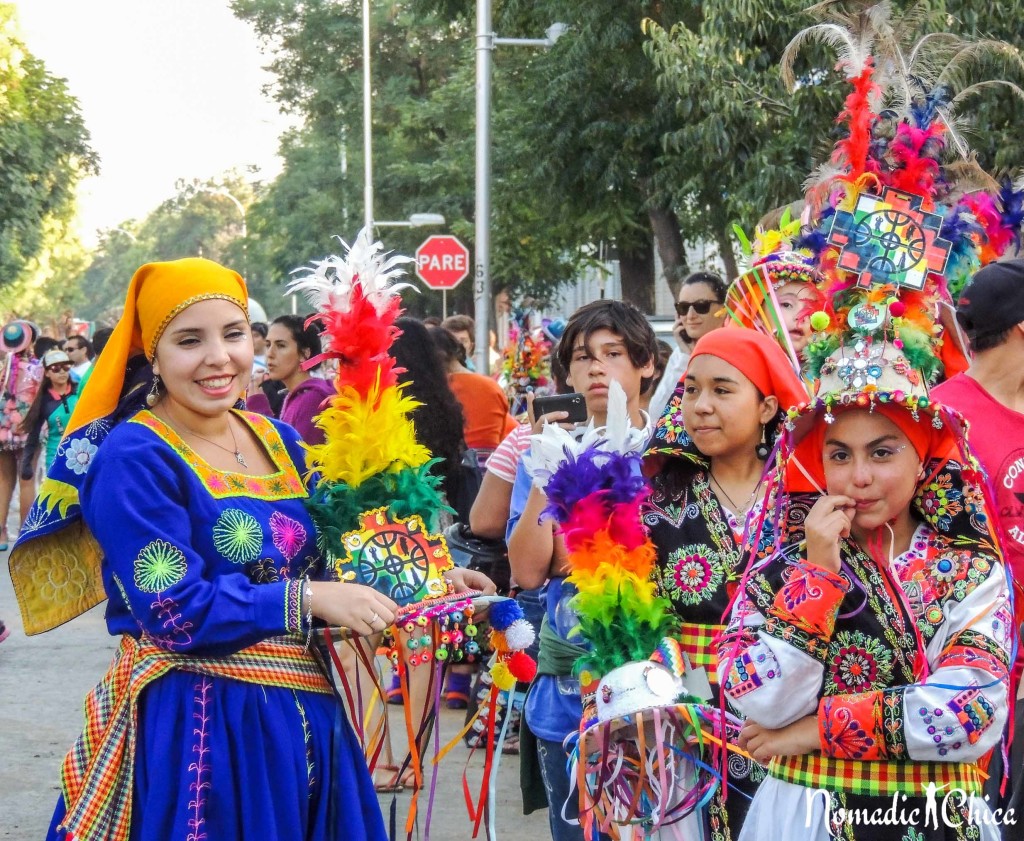
In 1888, government settled in Yungay Square a statue in honor of the “Chilean Roto “, to remember the humble men who participated in the Battle of Yungay , in 1839 during the War against the Peru-Bolivian Confederation . It was called January 20 as the “Day of the Chilean Roto” .
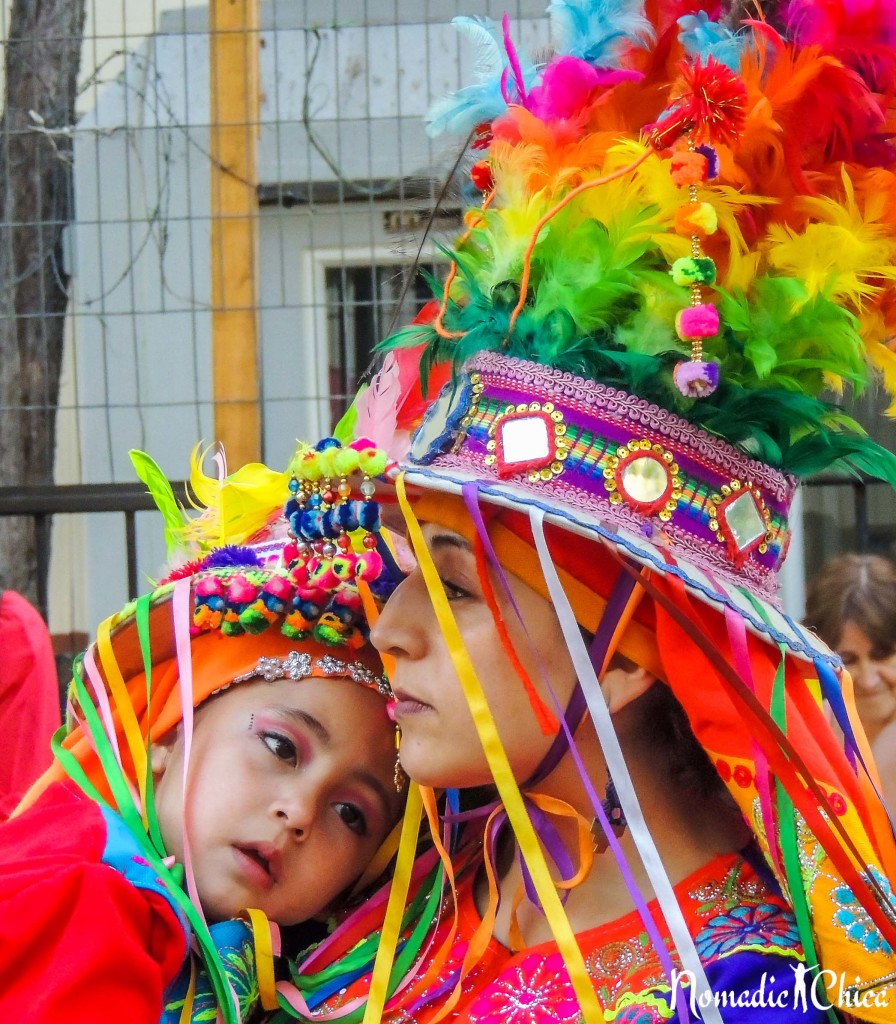 The ‘Fiesta del Roto Chileno’ is postulated to be recognized as Intangible Heritage of Chile, within the context that declared in 2009 the Yungay neighborhood a Typical Zone of Santiago.
The ‘Fiesta del Roto Chileno’ is postulated to be recognized as Intangible Heritage of Chile, within the context that declared in 2009 the Yungay neighborhood a Typical Zone of Santiago.
The party restores to man his true memory, so memorable, so worthy of remembrance of his body and his soul. The party sings to life in what it has in the past, that has not happened but come sat present, nourishes and gives it meaning. ( Fidel Sepúlveda, Party and Life, 2005).
I was amazed at this display of culture and joy , many families and young people, dancing troupes in traditional beautiful rhythms from north lands and others more adapted to current rhythms.
Today, the Party of the ‘Roto Chileno’ is celebrated every year in the second week of January and is a whole week of cultural activities , concerts , community meals, children’s activities , craft fair and the unique Challa Carnival.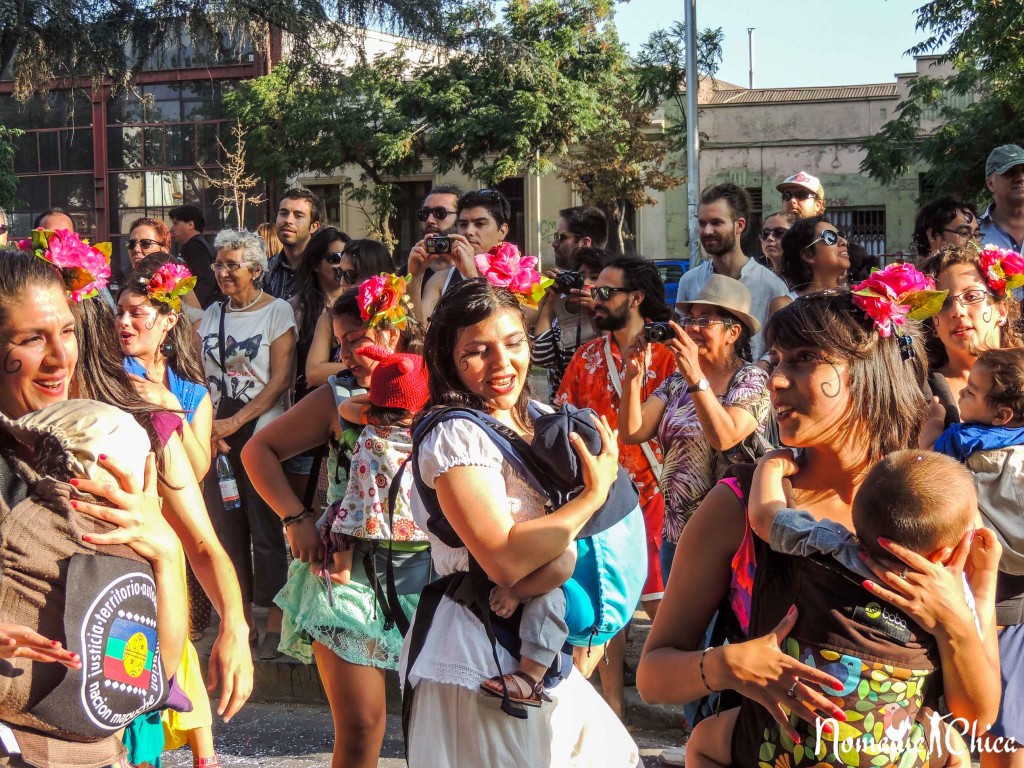
Although , as is known , any celebration in Chile alcohol is present , and many were drinking in the streets, everything happened in a family atmosphere of celebration and friendship.
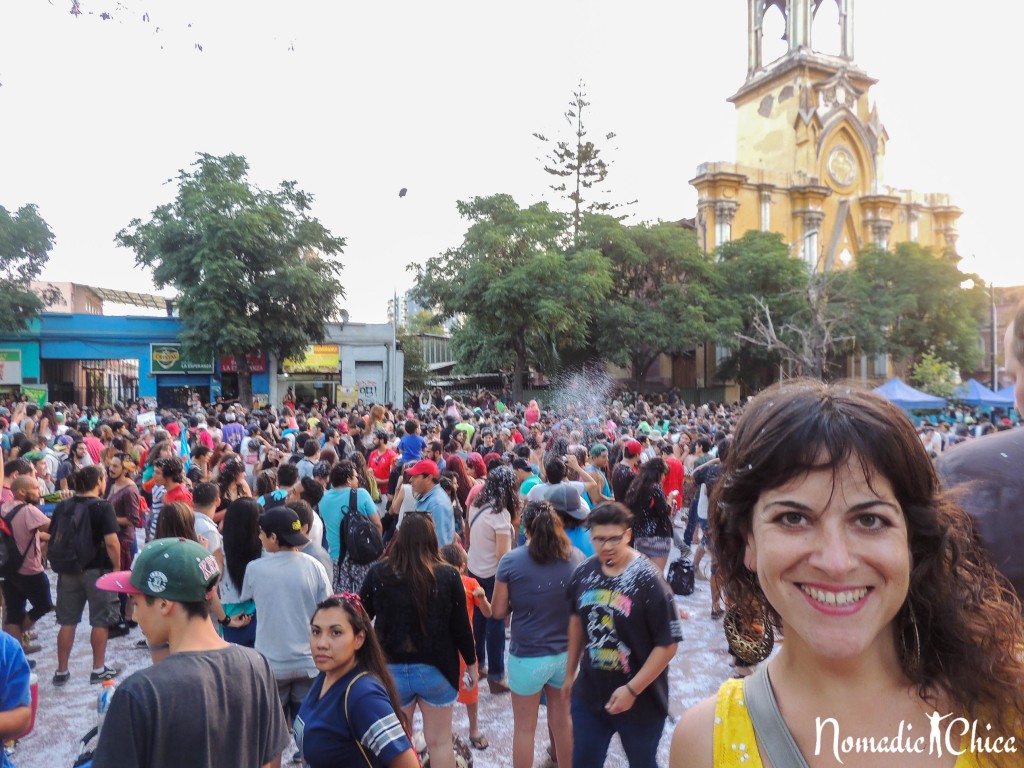
Have you ever been in this carnival? Which one is your favorite carnival in Chile?

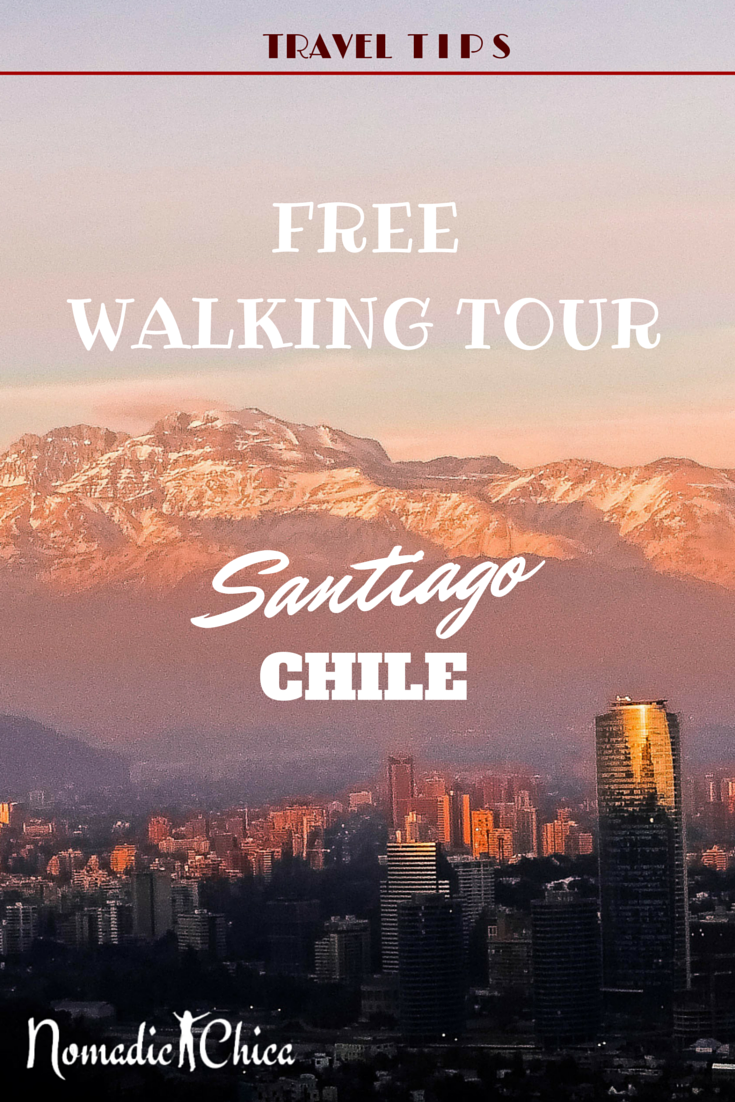
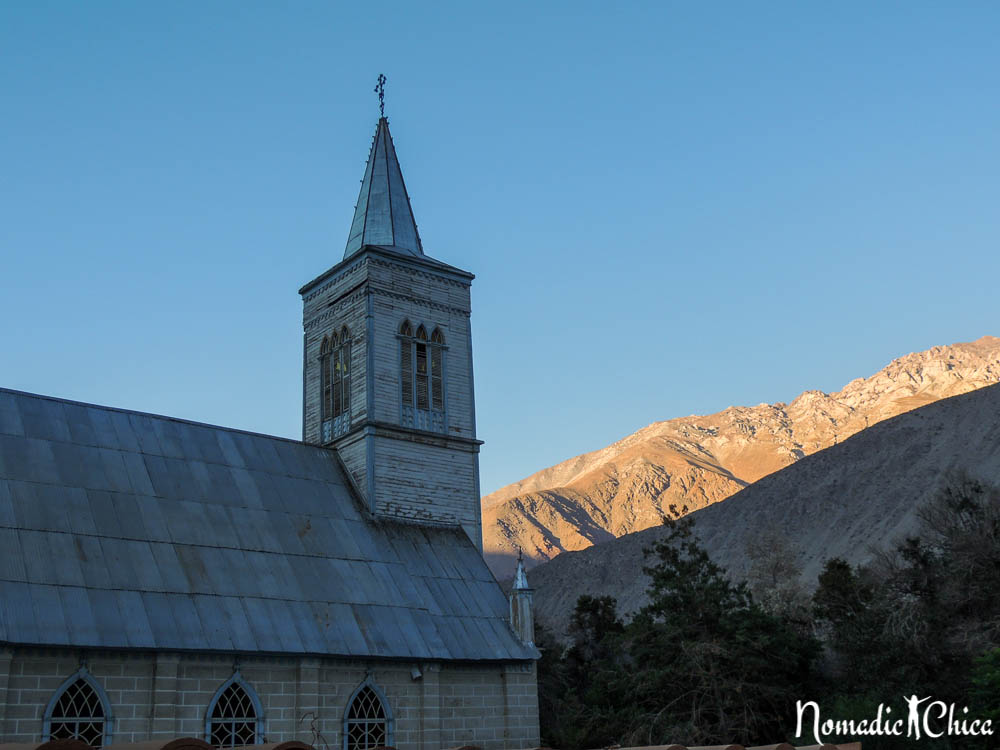
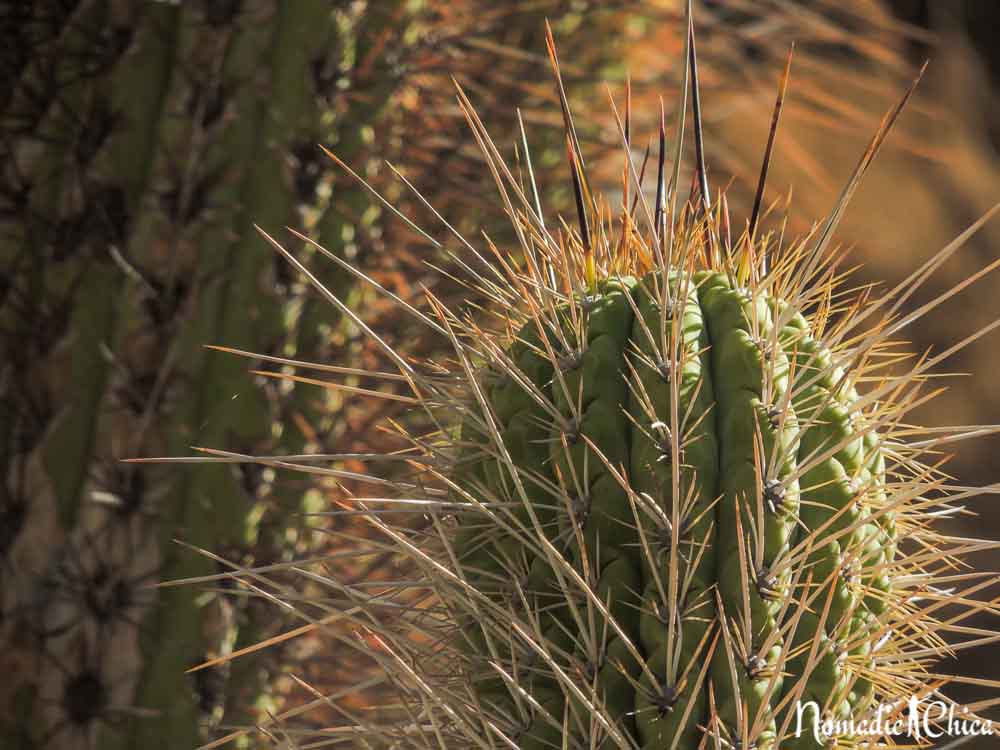
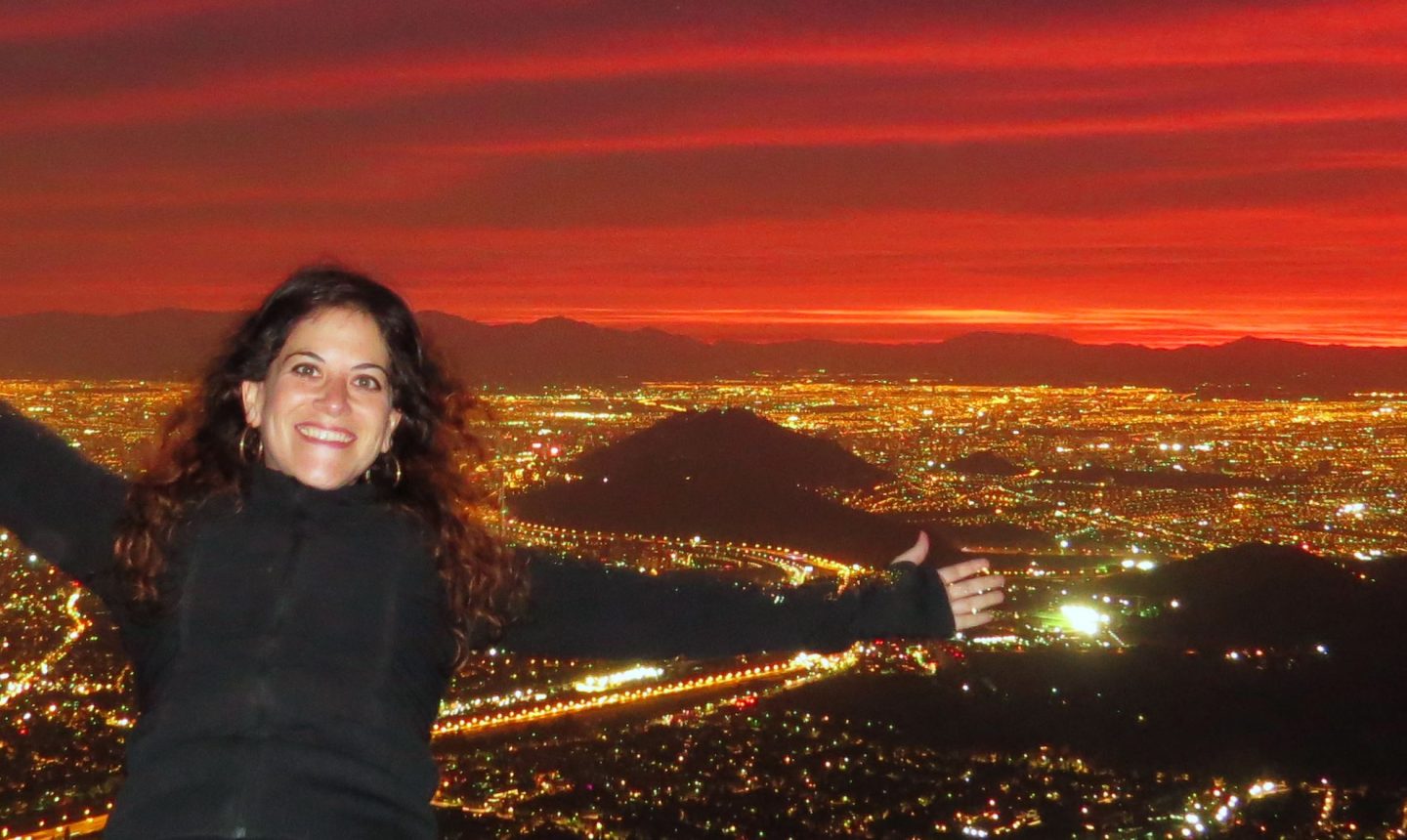
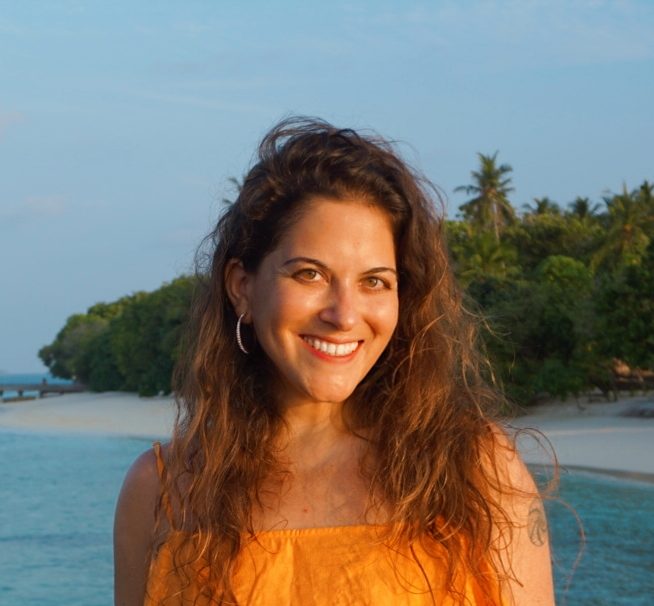
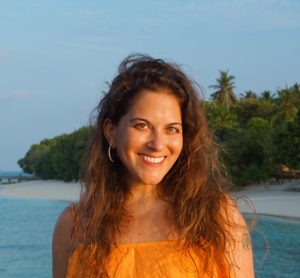


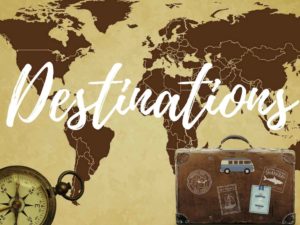

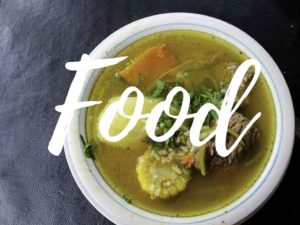







Really good 😊 brilliant videos
Good blog and I agree with Ophelie. I just want to add that the ‘Tinku’ dance is mainly performed in Bolivia. Maybe bolivian residents and locals in Perú and Chile also dance Tinku, but this dance originates from a pre-Inca ritual, that is still celebrated in the North of Potosí, Bolivia by Laymes and Jukumanis, which are Quechua communities.:-)
Many thank’s for your words Kat and agree with your words.
Good blog and I agree with Ophelie. I just want to add that the ‘Tinku’ dance is mainly performed in Bolivia. Maybe bolivian residents and locals in Perú and Chile also dance Tinku, but this dance originates from a pre-Inca ritual, that is still celebrated in the North of Potosí, Bolivia by Laymes and Jukumanis, which are Quechua communities. 🙂
And please, please, please don’t tell me that it is aymara, and therefore it is in Perú and Chile cause it is a dance that was held in a very particular and specif area of Bolivia, just like Diablada, Morenada and much more. When you talk about Cumbia you are going to say that it is danced in Latin America, but for sure is Colombian, the same goes to bachata, which is from Dominican Republic and so on….
Honey you are just reporting what you saw but.. the Tinku is not a traditional Chilean dance! It is a Bolivian traditional dance. Originated and danced there. So Please I would ask you to inform better your audience. https://en.wikipedia.org/wiki/Tinku
Hi Alejandra, many thank’s for your words!
True, I’m reporting what I saw in Santiago in a carnival that is not only Tinku’s but many other dances and artistic expressions. I’m not saying Tinku’s are traditional from Chile. What I was trying to note is they exist in areas where the aymara culture is alive today, that’s different. Clearly Tinku’s started in Bolivia in Potosí and Oruro and what some reports say they came late to Chile. Today is part of culture in the high areas of north Chile and big part of some carnivals there like ‘La Tirana’, one of the biggest religious carnivals in the country.
Very informative blog and great pictures, have you taken them? Just an advise,you should add some description below some pictures, like in picture n° 3 and 4 should be established that this costumes belong to ‘Tinku’, a traditional folkloric dance from Potosí, Bolivia.
Many thank’s Ophelie! Yes, all the pictures on my blog are take by myself. The very few they are not have a description noticing it. Thank you for you tip, I’m going to have that in mind for the future 😉
P.S. Tinku’s are in all the areas in Bolivia, Peru and Chile where the Aymara culture is still alive.
Wow, how gorgeous photos. I read that You have lived in Santiago over 20 years. My daughter worked there three months and I visited the town with my granddaughter. I loved Santiago de Chile.
My daughter has a photo showing her in front of the sign “Camino del Inca” and her name is Inca. 🙂
Many thank’s Matti! It was an amazing experience!
Glad you and your family had a great experience in Santiago too!
What an amazing festival! The fab photos speak volumes 🙂 And of course, the vids are amazing. Great post!
Thank you very much for your kind words Fida! Was my first time there and really enoyed it!